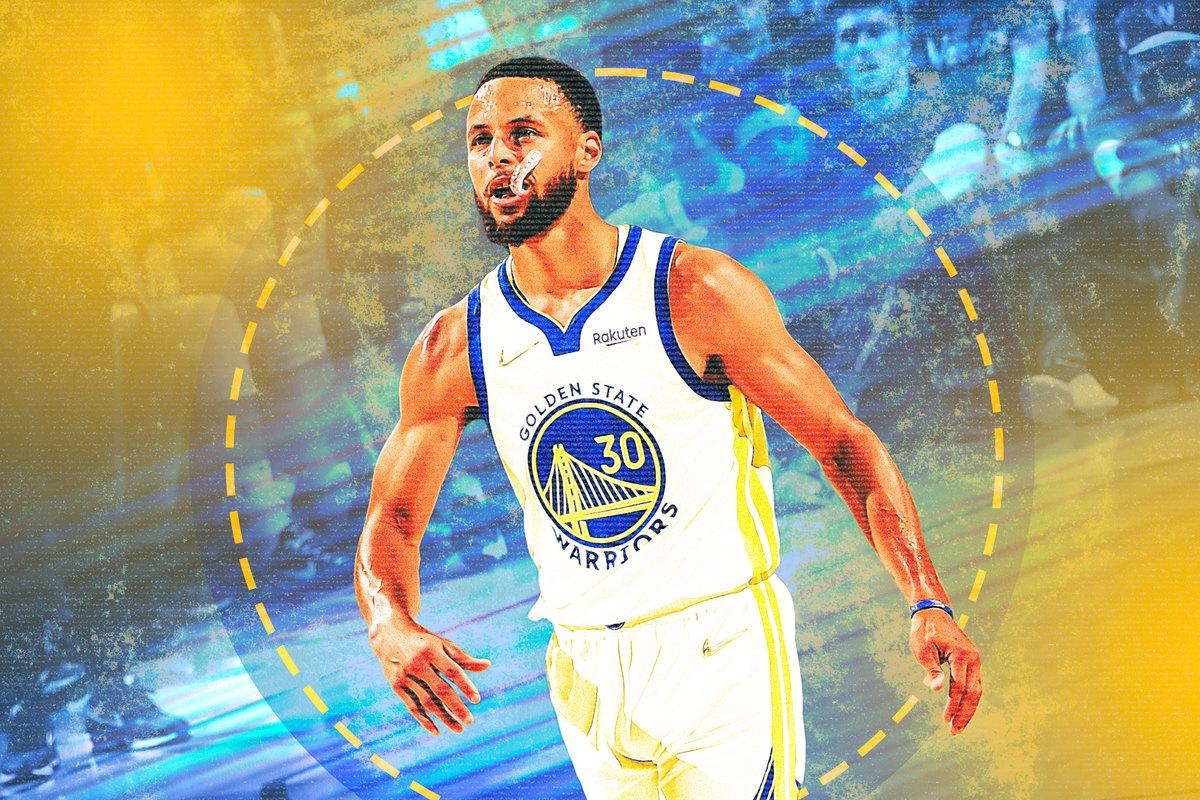
Across five Finals and three championships, the Warriors relied on a three-part formula to dominate the rest of the NBA: count on Steph Curry’s unique brilliance, add a hefty dose of 3-pointers from Curry’s teammates, and stymie opposing offenses with a daunting defense led by Draymond Green.
The Warriors haven’t combined all those components on the league’s biggest stage in a while, but anyone doubting their ability after a Game 1 loss to the Celtics must doubt no longer. All three parts of the formula returned in force in Game 2, in a 107-88 victory that wasn’t as close as even that 19-point margin suggests. After entering halftime with a mere two-point lead, the Warriors opened the second half with a 41-14 rampage and cruised to the finish line, drawing even in the 2022 Finals as the series heads to Boston.
The Warriors’ Game 2 bounceback started, as ever, with Curry, who scored 29 points in only 32 minutes and certainly would have tallied more if he’d left the bench in the fourth quarter of this blowout. No other Warrior scored more than 17 points; Klay Thompson, Curry’s typical sharpshooting partner, struggled to a 4-for-19 mark; and the team as a whole didn’t shoot the lights out (45 percent from the field). But Curry was sufficient as a one-man offense, as he was against Cleveland and Toronto in Finals past, to keep his team’s total afloat.
Curry didn’t start the game with a 21-point explosion, as he did in the first quarter of Game 1, but he was even more effective as an all-around creator in Game 2. He didn’t just nail a handful of game-tilting and crowd-exciting 3s; he also commanded the attention of the Boston defense, at times drawing four Celtics defenders when zipping around a pick or driving into the lane, which enabled him to generate copious open looks for his teammates.
One such beneficiary was Kevon Looney, who scored 12 points on perfect 6-for-6 shooting, all at the rim, and was the best big man on the floor—noticeably more active, on both ends, than any of Boston’s touted bigs. Role players tend to play better at home in the playoffs, and Looney was just one example of this phenomenon Sunday night.
Even with Thompson’s misfiring, the Warriors’ other role players backed up Curry’s five 3-pointers with 10 more of their own. Such is the state of the NBA in 2022 that a team can make 15 3-pointers, on 41 percent shooting, against the league’s stingiest defense in a Finals game, and that won’t be the main story—but the Warriors still deserve ample credit for the performance. Andrew Wiggins canned two 3s, and Gary Payton II and Otto Porter Jr. added one apiece, and Jordan Poole nailed five off the bench, including a half-court buzzer-beater to end the third quarter and, for all intents and purposes, the competitive portion of Sunday’s game.
Yet the grandest story comes on the other end of the floor, where the Warriors flummoxed Boston’s offense after the Celtics ran them off the floor in the fourth quarter of Game 1. Defense, after all, has always been the Warriors’ most understated strength: From the 2014-15 through 2018-19 seasons, the Warriors ranked, in order, first, fourth, second, ninth, and ninth, per Cleaning the Glass. They ranked second again this season—a quiet second, perhaps, behind the very loud first-place finish for the Celtics.
Payton, the defensive ace, in his first game back after breaking his elbow in the second round against Memphis, received more playing time than the more offensively oriented Poole in Game 2. That felt like a mission statement from coach Steve Kerr, who appeared to weigh defensive ability as a tiebreaker when doling out minutes.
The adjustments worked. Looney and Green walled off the paint, Payton helped the Warriors find a counter to slow Boston’s small lineups, and the Celtics’ offensive figures fell almost across the whole rotation. A game after scoring 26 points, Al Horford managed only two. Marcus Smart also scored two, after adding 18 in Game 1. Jaylen Brown shot just 5-for-17—missing 10 of 11 attempts after a 4-for-6 first quarter. As a team, the Celtics tallied 18 turnovers, leading to 33 Warriors points.
Just about the only Celtic to shoot well on Sunday was Jayson Tatum, who rebounded after a brutal 3-for-17 effort in Game 1 to score 28 points and nail six 3-pointers. But without his supporting cast following suit, Tatum’s assist total fell from 13 to three. He couldn’t get any of his teammates going like he did late in Game 1.
Led by Tatum, the Celtics actually shot well from distance again (15-for-37, or 41 percent). But Golden State’s tenacious defense limited the Celtics’ closer looks, and Boston shot just 15-for-43 (35 percent) from 2-point range. Before garbage time, the Celtics’ offensive rating in the game, per CtG, registered at only 88.8 points per 100 possessions, which ranks in the third percentile for all games this season.
Most importantly, the Celtics’ offensive pains weren’t just a result of poor shooting luck, as is sometimes the case in a single-game sample. The Celtics struggled to find good looks, too: Their expected effective field-goal percentage, based on factors like shot location and defender distance, was only 49.0 percent in Game 2, according to Second Spectrum. That’s the Celtics’ worst single-game mark of the entire postseason—and their worst in any game since January.
Boston has come a long way since those early doldrums, and the Celtics have time to plan a response before Game 3 on Wednesday. They’ll need to, given the Warriors’ own early adjustments and their continued three-part path to playoff success.

